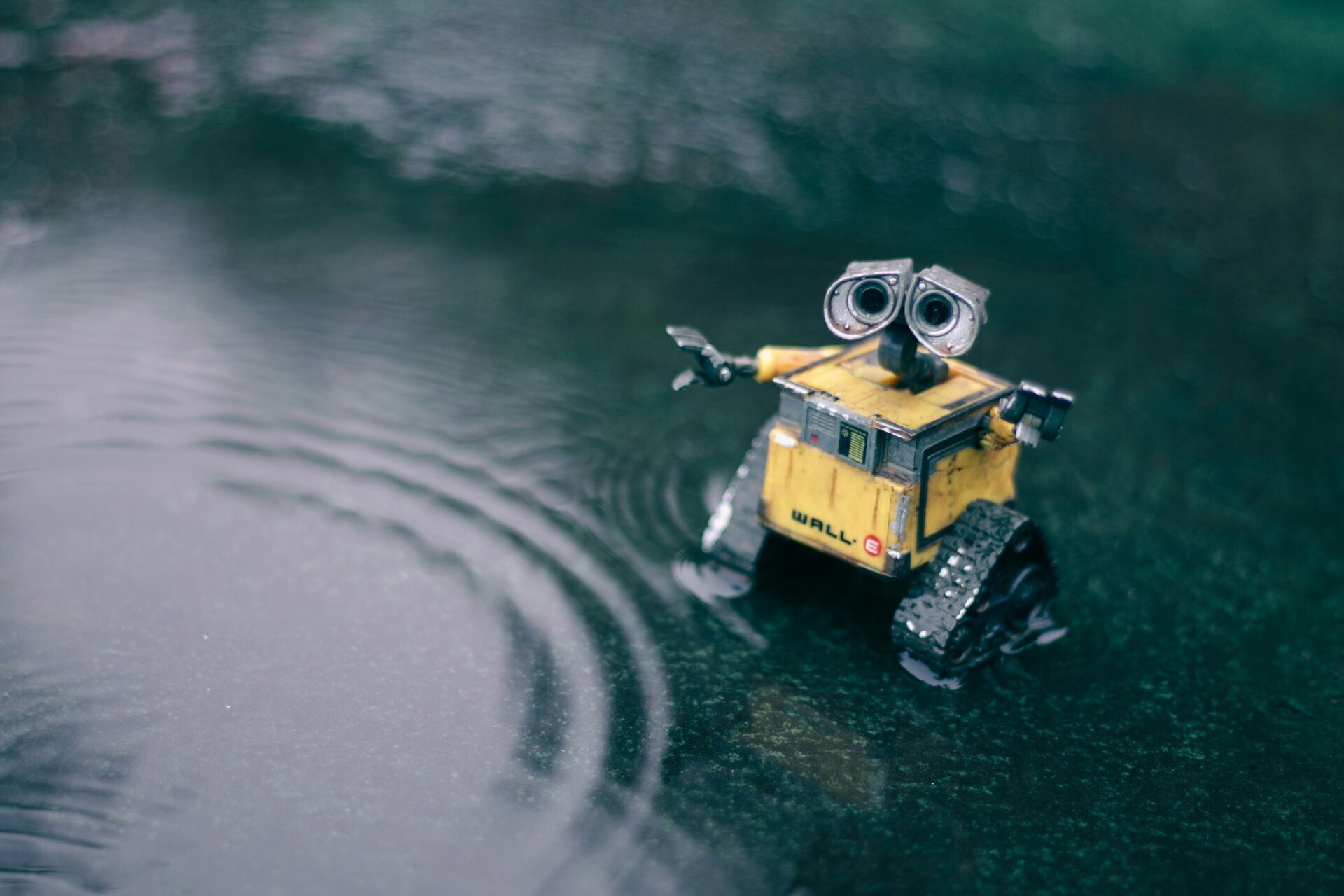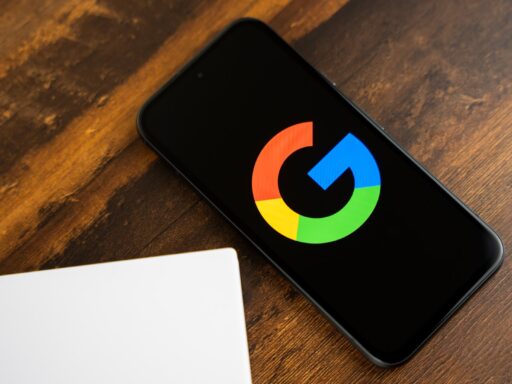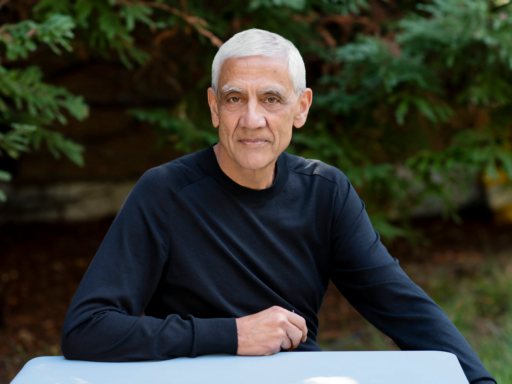One day you’re trying to visit a website, and suddenly you’re faced with a challenge. “Click all the images with traffic lights,” or a “I’m not a robot.” CAPTCHA system, asking you to prove that you are a human before you can proceed to visit the website. These mini apps have become a definite part of our online experience, and if you have a website, chancer are, you already are running Google or Cloudflare captcha on your website. But have you ever wondered why these seemingly simple tasks are so effective at keeping bots at bay?
The Not-So-Simple “I’m Not a Robot” Box
At first glance, that innocuous little checkbox seems like child’s play. Surely, a sophisticated AI could just click it and move on, right? Wrong. The genius of modern CAPTCHAs lies not in what you do, but in how you do it.
When you move your mouse to click that box, you’re not just making a binary choice. You’re embarking on a journey that’s uniquely human. Your cursor might meander a bit, hesitate, or even overshoot the target. These small imperfections are telltale signs of human behavior that bots struggle to replicate.
So in essence, the random and unique movement of the mouse or the touch sensitivity plays a pivotal role before you click that button.
The Need for Speed (or Lack Thereof)
Robots are built for efficiency. They’re lightning-fast, precise, and utterly predictable. Humans, on the other hand, are gloriously imperfect. We might get distracted, fumble with our trackpad, or take a moment to sip our coffee before clicking. This inherent “slowness” is actually our superpower in the world of CAPTCHAs.
When a bot encounters a CAPTCHA, it typically zooms straight to the target with inhuman speed and accuracy. This behavior sets off alarm bells in the CAPTCHA system, often triggering additional challenges like those pesky image selection tasks.
As you can tell, robots, not even AI, have been built to mimic true human capabilities. And you can easily tell when content has been written by AI or by a real person. In the same vein, CAPTCHA systems have been built to recognize their own (bots) with precise accuracy.
The Visual Puzzle Predicament
Speaking of image selection, these visual challenges represent another significant hurdle for AI. While machine learning has made incredible strides in image recognition, it still struggles with the nuanced, context-dependent decisions that humans make effortlessly.
Distinguishing between a motorcycle and a moped in a blurry image might be trivial for us, but it’s a complex problem for AI. These tasks leverage our ability to understand context, deal with ambiguity, and make judgment calls – skills that robots are still working on mastering.
The Invisible Dance
Some websites have taken CAPTCHA technology a step further with “invisible” systems. These silent guardians analyze a variety of factors, from your browsing history to the way you interact with the page, to determine if you’re human.
This holistic approach creates a complex profile that’s incredibly difficult for bots to mimic consistently. It’s like trying to forge a masterpiece painting – you might get a few brushstrokes right, but capturing the entire essence is a monumental challenge.
The Arms Race Continues
As AI technology advances, so too do CAPTCHA systems. It’s an ongoing battle of wits between bot creators and security experts. While some AI models are getting better at tackling traditional CAPTCHAs, the technology is evolving to stay one step ahead.
Future CAPTCHAs might incorporate more advanced behavioral analysis, leverage emerging biometric technologies, or even tap into our uniquely human capacity for creative problem-solving.
Embracing Our Humanity
The next time you’re faced with a CAPTCHA, take a moment to appreciate the subtle genius behind it. These little tests don’t just keep websites secure – they celebrate the beautiful imperfections and complexities that make us human.
So go ahead, click that box with pride. Your hesitations, your meandering mouse movements, and your ability to spot fire hydrants in grainy photos are all testaments to your humanity. In a world increasingly dominated by AI, it’s nice to know that sometimes, being imperfectly human is the perfect solution.







